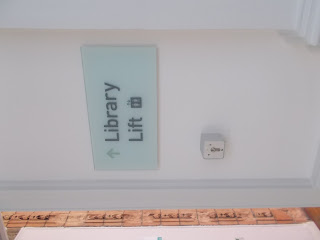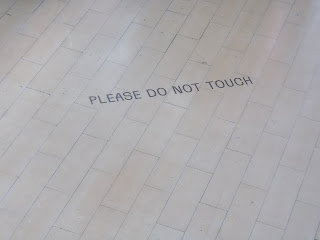Coming in many different types:paperbacks, leaflets, zines,booklets for as long back as the Bible, books are written communications bounded by covers/backs from one page to thousands. They are one of the most essential forms of human communication from education to stories, and have been ever-changing in their form with ebooks now being a common purchase, thought to be overtaking the paperback itself (although that is debated in this post digital era of print media still going strong.) Can be binded in many different ways, sewn or even stapled, which can add an effective detail upon design.
Publications I am interested in are mainly fashion/photography or music based which are usually magazine style size, glossy or newspaper prints with clearly thought out layout very visual and bold opposed to a minimal, text heavy publication. I enjoy the idea of image taking up large parts of a double page spread. For this brief I am interested in photography, print techniques, exploration of typography, pattern making potentially and the use of grids to guide and grow my professional skills as a graphic designer. Having the Vignelli Canon to read also can stop me going over the top with my designs and as this will be a small publication, i want to keep it simple. My designs probably will be quite feminine in their design agenda as you can see from my inspirations below. I don't always work in that style but as we get to choose this one, it's very likely.
Whilst being briefed, it is still very early stages of ideas but I had jotted down all ideas that relate to style eras which will be quite varied and need to be printed to be quite strong visually so would be printed on a good quality paper rather than a material like tracing paper. An idea I have is pop womens fashion patterns throughout the decades? Colour of the decades? Very vague and I need to really research these to see if the idea has backbone and if not, leave it for studio brief 2 and think of something simpler. For now though I have listed magazines that inspire me.
Examples of magazine (mainly all standard high quality paper, can look good in any standard size) inspirations in terms of their impact visually/use of colour/balance of visual and text content are
Dazed and Confused
interesting layout/balance/white space, and the sickly colours are balanced out by this. simple typography doesn't overwhelm.
Zembla/Matt Willeys style
Photography heavy but in a graceful way and interesting use of layout with block of text
Plastique
I enjoy the experimentation of the bold thick typography that is as impactful as a large great colourful image which I sometimes probably rely on
Lippy
beautiful experimentation of art techniques depending on content, always looks bold striking and dynamic
Voir
Unpopular use of clashing highlighter colours done well! I wouldn't want to go this extravagant at all but their outlandish unusual colour theory is inspiring to look at
Mushpit
very handmade/nostalgic 90s kid feel to its design feminist zine printed on newspaper that doesn't take itself too seriously but pushes the boundaries of the norms of design. Would be good to analyse if I take the styles of decades/pattern idea forward but make it more corporate looking.
Pop Magazine
I really admire it's quirky consistency and it explores the topics I'm interested in, in a visually interesting way in terms of typography choices and celebrities its aesthetic.



















































